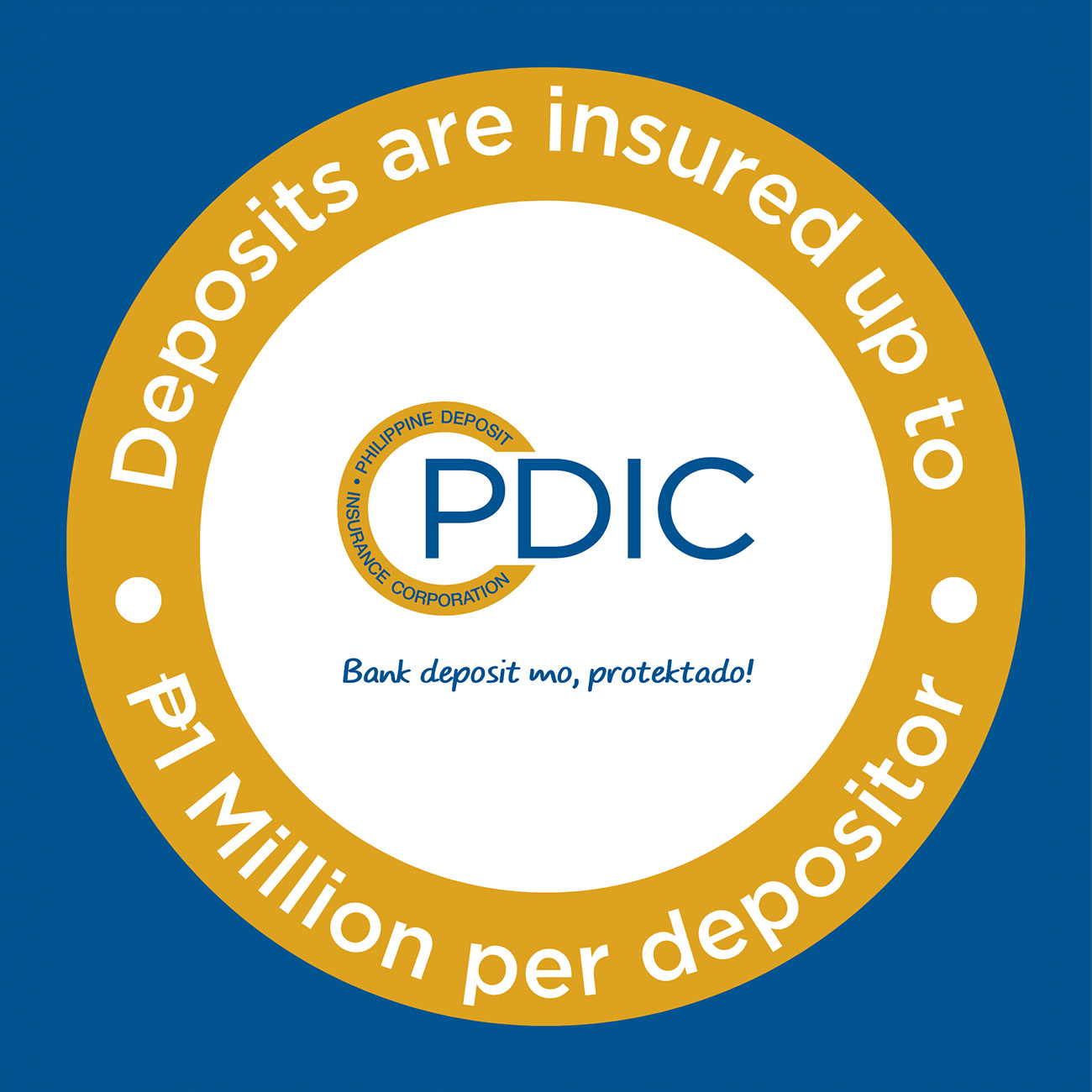Most of us interchange the terms "saving" and "investing", since these concepts have the same intention — that of setting aside funds for a particular goal or purpose.
Allow us to differentiate the two.
Definition: Act of putting money aside vs. Act of buying assets that appreciate over time
Saving is an act of putting money aside, typically into bank accounts. Meanwhile, investing is the act of buying assets like equities, pooled funds like Unit Investment Trust Funds (UITFs) and Mutual Funds (MFs), bonds, real estate, and other types of investments with an expectation that their value will grow overtime.
Time Horizon: Short term vs. Long term
While both are acts of setting aside funds, the horizon differentiates one from the other. Saving is ideal for smaller, typically shorter-term goals like paying for a car or a house downpayment, travel, or an emergency fund. Investing, on the other hand, may help us reach our long-term goals, such as paying for a child's education, retirement, or property purchase. Investments entail a medium to long-term time horizon to allow the money to grow and appreciate.
Saving is ideal for smaller, typically shorter-term goals like paying for a car or a house downpayment, travel, or an emergency fund. Investing, on the other hand, may help us reach our long-term goals.
Liquidity: Ready access to cash vs. Longer wait to access funds.
Given the time horizon involved, saving gives you ready access to cash, providing liquidity for any unexpected financial emergecnies. Investing, as mentioned, required longer wait to access the funds, weather volatility, and maximize potential returns.
Risk and Return: Minimal risk, Minimal return vs. Varying risk, Higher potential return
Having described where the funds are put into, this leads us into the other major difference —Return and Risk. Savings are, in general, "safe" from any potential loss especially if money is deposited in an established and reliable bank. You can earn interest by putting money in a savings account, but the rate is usually minimal and is not enough to combat inflation. Further, your deposit accounts are insured by the Philippine Deposit Insurance Corporation (PDIC) up to Php 500,000 per depositor.
Investments are subject to various risks. Your invested principal may gain or lose money due to movements in interest rate, market price, and foreign exchange, among others. It is important then for investors to know what level of risk they're comfortable accepting and how that can translate to returns when choosing investments. Investments with higher risk also offer higher potential returns. Likewise, the less risky an investment is, the lower the returns or rewards are likely to be.
Read more about investment risk and return in our Risk and Return page. You can also visit your nearest BPI branch or talk to your Relationship Manager now.


